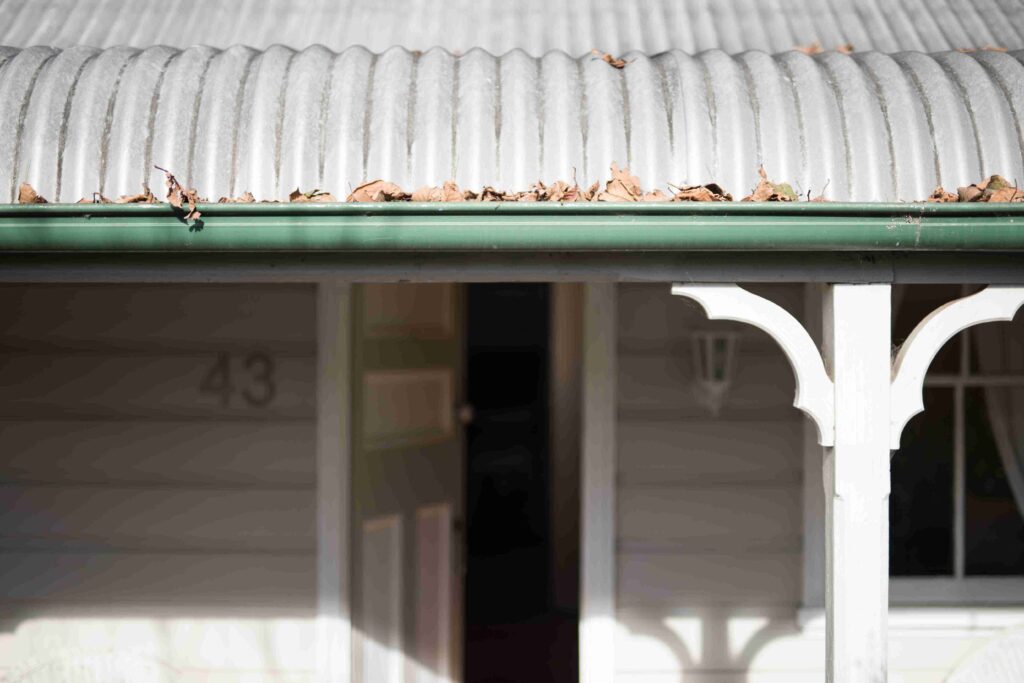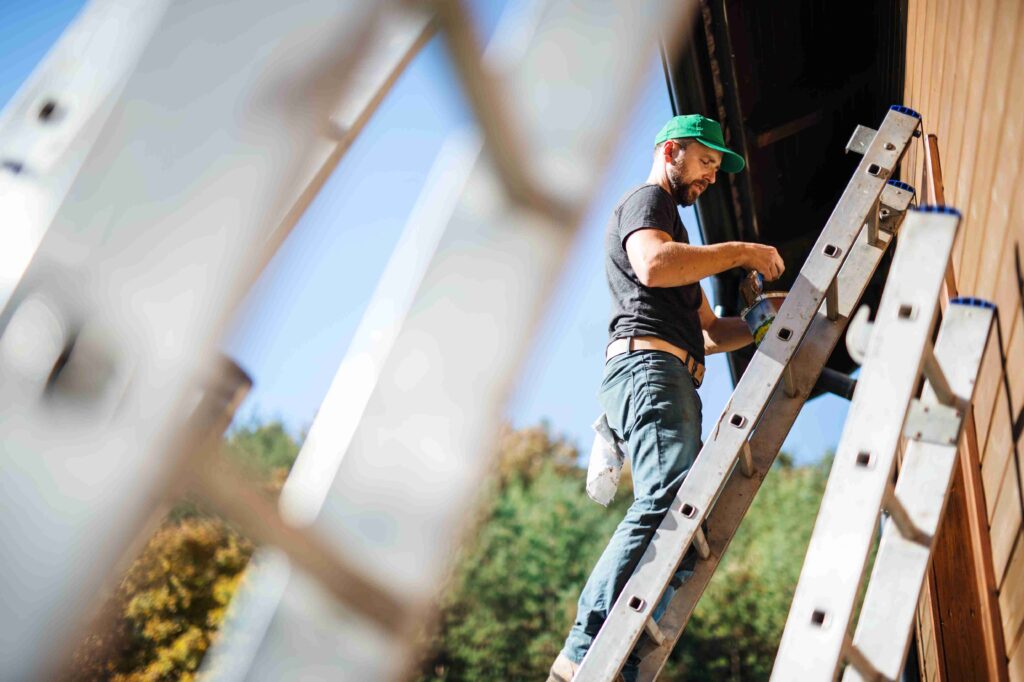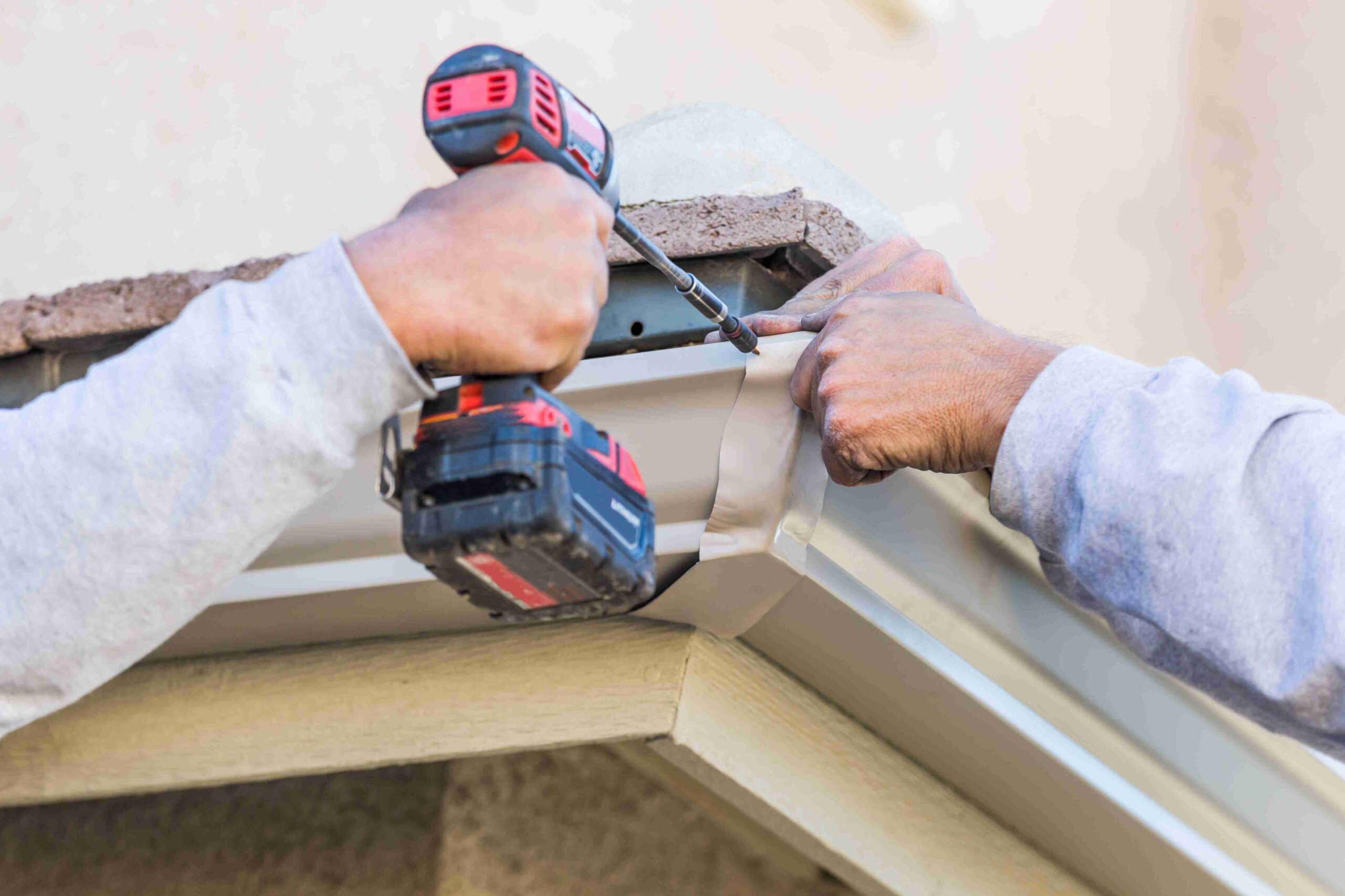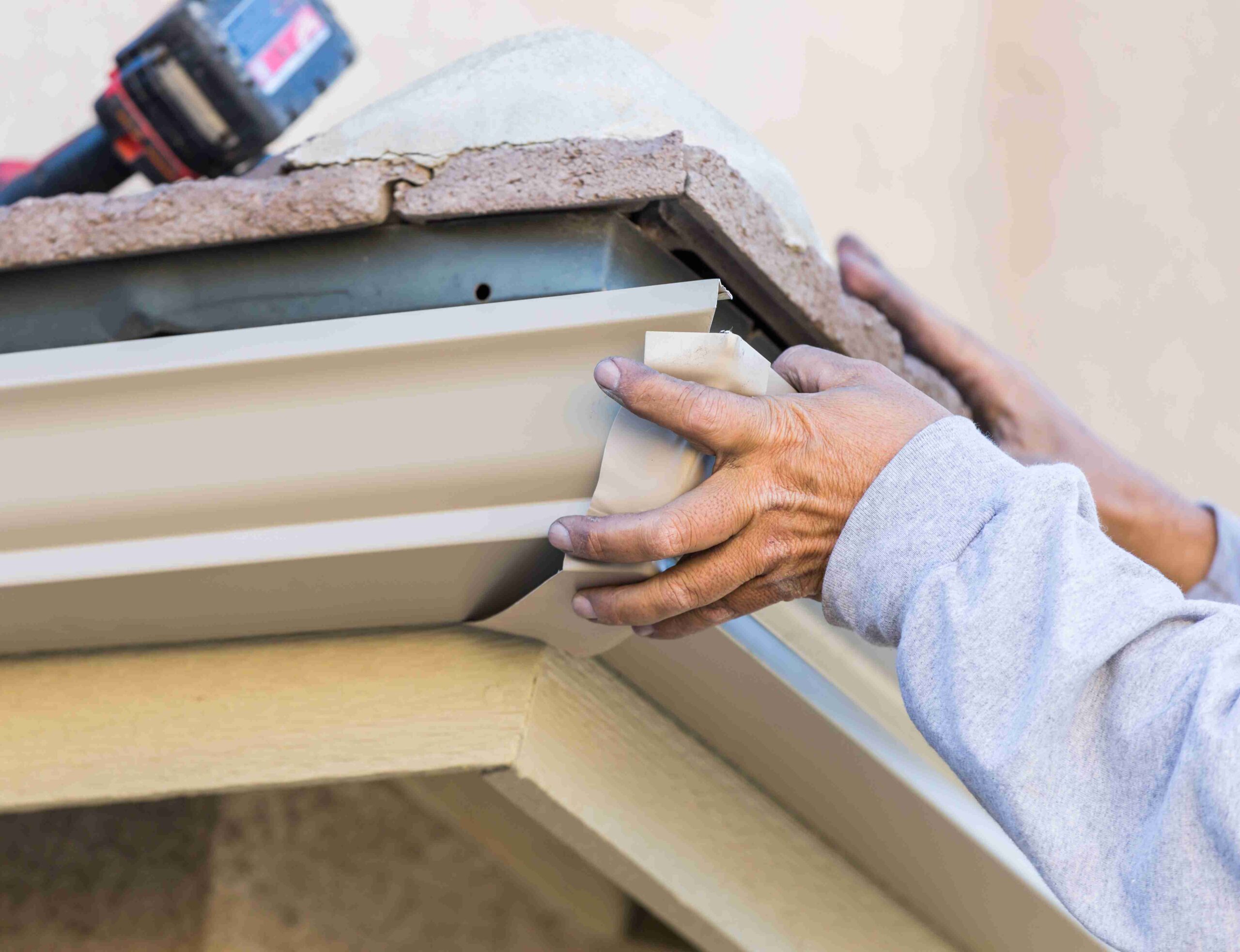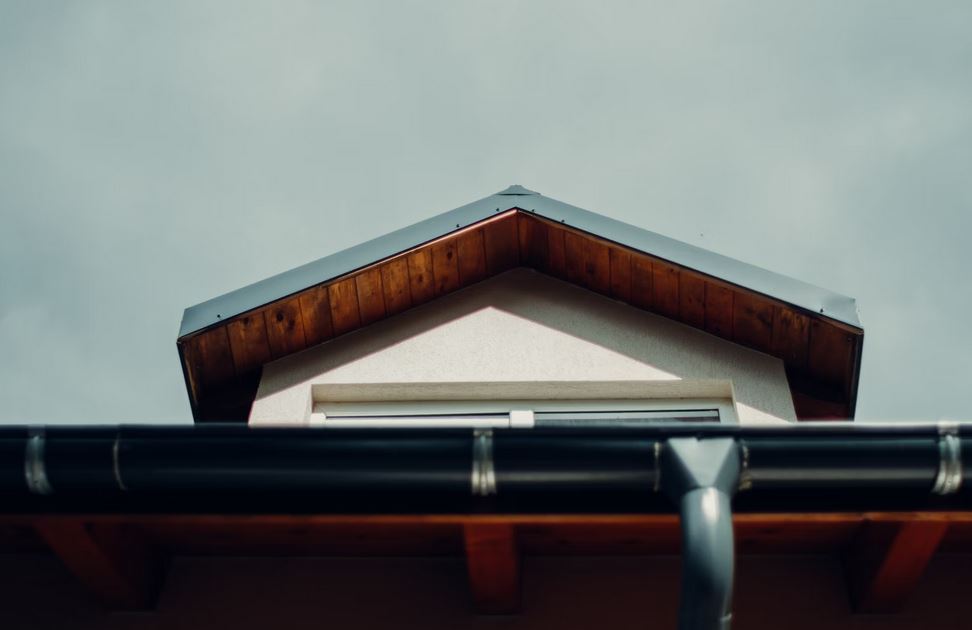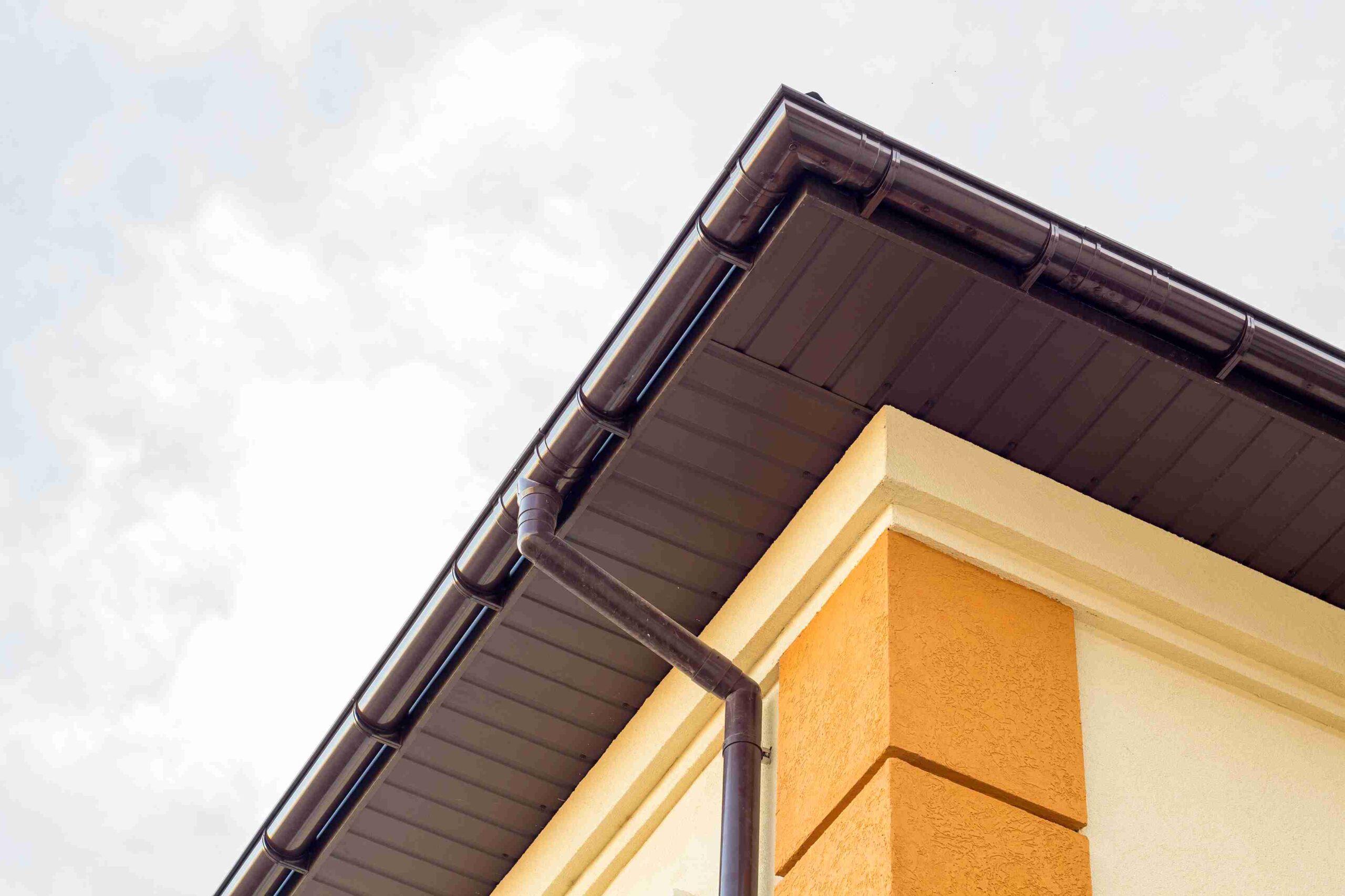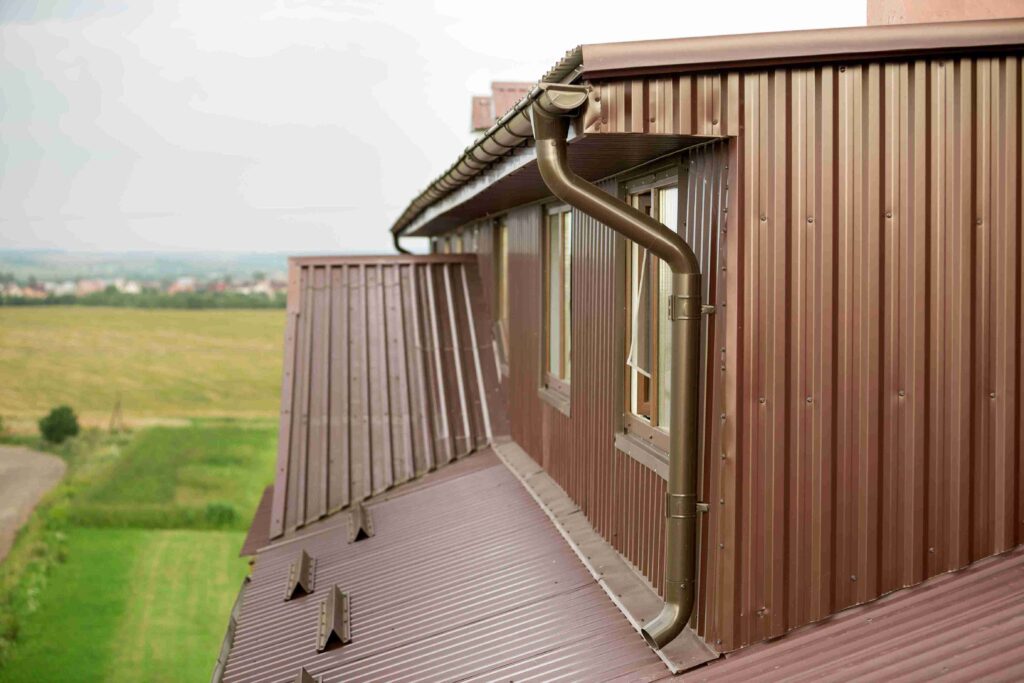How Much Does It Cost To Install Downspouts In Florida?
Are you tired of watching water pour off your roof like Niagara Falls every time it rains?
If you’re a Florida homeowner dealing with busted or missing downspouts, you’re probably wondering what it’s going to cost to fix the problem.
Most people spend between $200 to $800 for a complete downspout installation job.
But here’s the thing – that range is pretty wide for a reason. Your final bill depends on several factors that can either keep costs low or push them higher.
In this post, we’ll break down how much it costs to install downspouts, and the factors that affect the prices. Plus, we’ll also give you a quick rundown of our prices.
Our Downspouts Installation Costs
Our downspout installation also ranges from $5 to $50 per linear foot, depending on the type of gutter system and how much work is involved.
Here’s what’s included:
- Removal of old downspouts (if needed)
- Installation of new downspouts matched to your gutter system
- Secure attachment to the home
- Proper routing to direct water away from the foundation
- Cleanup and haul-away of any debris
We’ll take a look at your setup and give you a clear quote based on what’s needed.
Also Check Out Our: Orlando Gutter Installations
The Average Cost To Install Downspouts
The cost to install downspouts falls between $5 to $50 per linear foot in Florida.
That means a 10-foot downspout runs you about $50 to $500 installed.
This price can change based on your home’s size, the type of materials you choose, and a number of other things. For a basic setup with standard materials and simple installation, you’re more likely to be at the lower end of the price range.
If you’re going for something custom or need special fittings, expect to pay more.
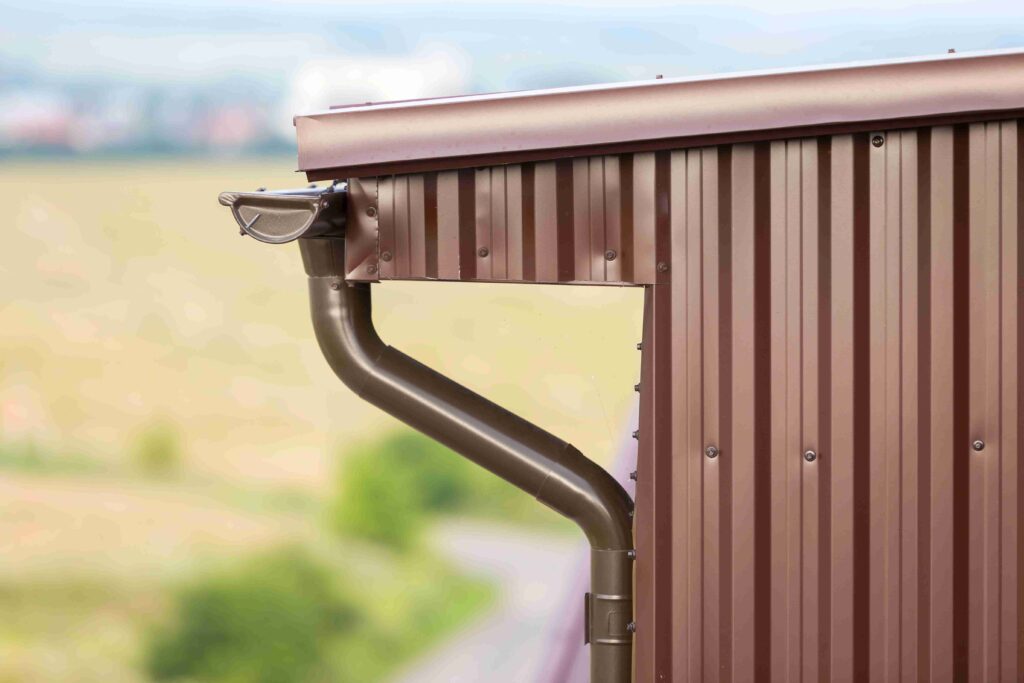
On the higher end, if your home is larger or has a tricky setup, the cost can push up to $800 or more per downspout.
Factors That Affect The Cost To Install Downspouts
There are a bunch of factors that can push the cost of installing downsprouts up or down. Let’s take a look at some of the biggest ones:
#1. Material Type
The material you choose makes a huge difference in your final bill.
If you go with aluminum, which is lightweight and rust-resistant, you’ll probably pay less. Copper, on the other hand, is fancy and durable but comes with a premium price tag. You might pay up to three times as much for copper compared to aluminum.
Here’s a quick breakdown of common materials:
| Material | AVG Cost per Linear Foot (Installed) |
| Vinyl | $4 – $6 |
| Aluminum | $5 – $8 |
| Galvanized Steel | $6 – $10 |
| Copper | $15 – $25+ |
You might think aluminum is the way to go, but if you live in an area with a lot of storms or heavy rains, something more durable like steel might be worth considering.
Also Read: How Much Does Gutter Replacement Cost In Florida?
#2. Home Height
The height of your house also affects the cost to install downspouts.
If your house is two stories tall, you’ll need a longer downspout system, and the installation becomes more complicated. Plus, you might need more equipment, like ladders or scaffolding, to safely get everything in place.
Each additional story usually adds around $2 – 4 per linear foot to your installation cost.
A single-story home is much easier and safer to work on, so the price will be lower. Taller homes take more time and effort, and that can add up.
#3. Number Of Downspouts Needed
This one’s pretty obvious, but it’s worth mentioning.
More downspouts mean more materials, more labor, and more time. So the more downspouts you need the higher the cost.
Some homes only need one or two downspouts, while others may require several, especially if you have a larger roof or a complex layout.
If you have a standard home, usually around 1 to 3 downspouts will do the trick. But if you’ve got a sprawling property or a roof that’s tough to drain, you might need more.
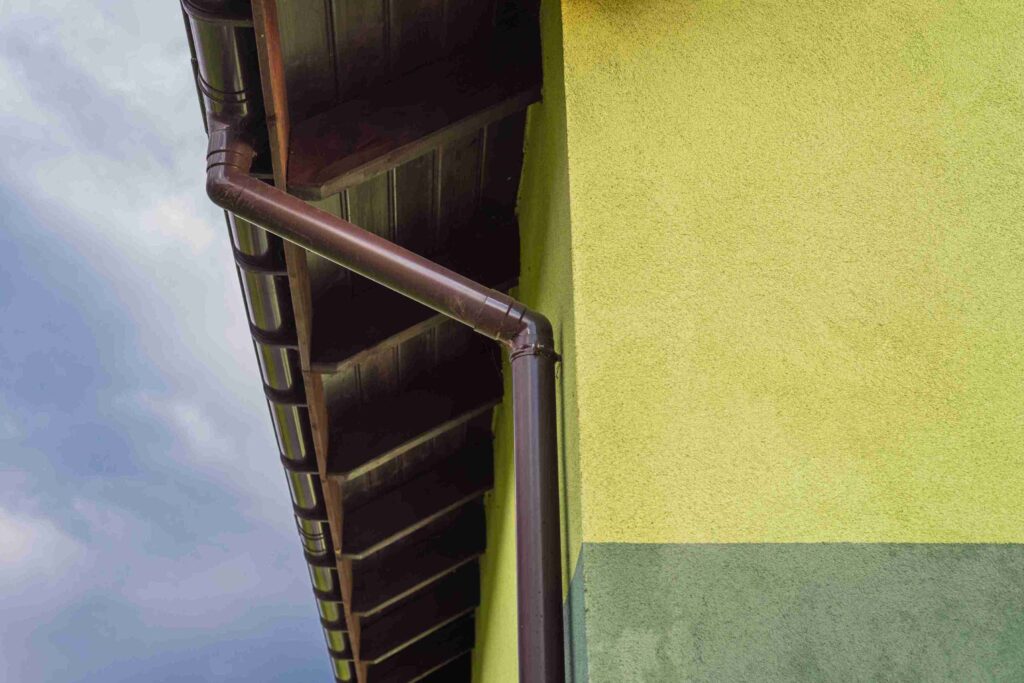
#4. How Difficult The Installation Is
If your roof is tricky, with lots of angles or a design that’s not easy to work with, the installation will be more complex and therefore more expensive.
The simpler and more straightforward the setup, the cheaper it’ll be.
Sometimes the roof slope or the type of material used in your gutters can also complicate things.
If your gutters are installed in a way that requires custom downspouts or extra fittings, expect the cost to climb.
Complex installations can add 25-50% to your base cost. Sometimes you might even need custom fittings or creative routing to make everything work properly.
Also Read: Can you lean a ladder against gutters?
#5. Additional Components
Don’t forget about other pieces that might need to be installed along with your downspouts.
Things like gutter guards, extensions, or elbows can add to the price.
Splash blocks or underground drainage connections add $20-50 per downspout. Downspout extensions run another $10-25 each. Leaf guards or screens tack on $5-15 per downspout.
These aren’t always necessary, but they’re often worth considering in Florida’s environment.
So, it’s always good to ask about the full setup, not just the downspouts themselves.
#6. Labor Rates
Labor costs can really change things up, depending on where you live in Florida. Coastal cities like Miami or Tampa tend to have higher labor rates compared to more rural areas.
On top of that, the experience level of the crew can also affect the cost to install downspouts.
Experienced contractors with a good reputation might charge more, but they often do the job faster and more efficiently.
Labor usually accounts for a good chunk of the cost.
#7. Gutter Condition
The state of your current gutters matters too.
If your gutters are old, damaged, or not properly aligned, it could cost more to install new downspouts. Sometimes the old gutters need to be repaired or replaced before the new downspouts can be put in.
This is something to consider if your gutters are starting to show signs of wear and tear.
Fixing them before installing downspouts might make the process smoother in the long run.
Bottom Line
Installing downspouts in Florida costs between $5 -$50 per foot installed.
The exact price depends on your specific situation, but now you know what drives those costs.
Our advice? Get quotes from at least three contractors.
Make sure they’re licensed and insured. Ask about warranties on both materials and labor. And don’t automatically go with the cheapest bid – sometimes paying a little more upfront saves you headaches later.



